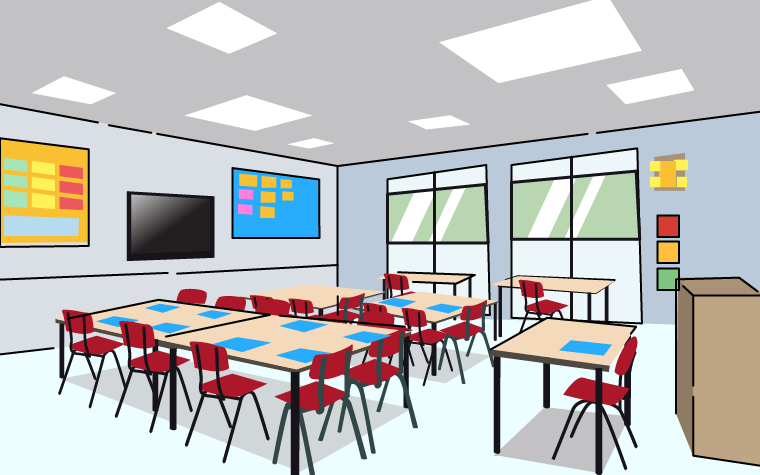How can re-opening schools support students?
In spring, schools around the world closed their gates in a bid to slow the spread of COVID-19. With re-opening…

In spring, schools around the world closed their gates in a bid to slow the spread of COVID-19. With re-opening now planned for September, schools will be on the front line when it comes to dealing with the impact of the virus. In this article, we look at practical steps schools can take to support student well-being and help kids settle back into school life.
The impact of COVID-19 on re-opening schools
The fallout from the months spent in lock-down and the absence of the structure that school provides will undoubtedly be significant. The virus has affected all of us in different ways and kids are likely to need help coping with their experiences, rebuilding relationships with classmates and teachers, and getting used to the school routine again.
How can re-opening schools address the effects of COVID-19?
There will be a number of key areas that young people need support with when schools re-open in September. Schools in China were amongst the world’s first to re-open following the lock-down. A headteacher there summed up the mixed feelings surrounding re-opening: “students, parents and staff were understandably keen to recapture some of the normality of school life where we could be with each other in person… But there were also worries fuelled by both practical concerns around health and safety as well as the psychological steps to be part of a physical society again” (TES.com).
When schools re-open here, students, teachers and parents are likely to need support with the following:
1) Information
Schools need to communicate their plans for re-opening as clearly as possible. They should provide detailed information to parents to avoid fear or uncertainty creeping in over the practicalities (e.g. what kids can take with them to school, can they use their own water bottles to drink from or should they use disposable cups, what hygiene measures will be in place etc.). Collating parent FAQs and addressing these in written guidance is a good step towards tackling this. Providing regular updates to parents as and when the situation or government advice changes will also reassure them.
2) Re-integrating
Teachers should allocate time to help students reintegrate and rebuild relationships. Some of this might be in non-academic activities that get kids used to being around each other again. Schools might also want to consider holding sessions dedicated to emotional well-being. They may also need to provide one-to-one support for vulnerable young people, for example. Teachers will need time to reconnect with their colleagues and come to terms with their experiences, too.
Schools will require strong leadership to help address concerns and anxiety and foster a positive working environment. School leaders will also need to proactively gather and act on staff and parent feedback to address any ongoing issues.
3) Safety
Re-opening schools will need to follow government guidance concerning health and safety. Parents and students will also need to adhere to any new practices that schools introduce.
There will be an increased focus on school hygiene with schools introducing mobile hand washing stations and other hygiene-promoting equipment such as air purifiers and HEPA-filtered hand dryers.
Make no mistake, the school landscape will look different for some time to come. However, with measures in place to support the school community this should help ease the transition back to school.
If your school wants to find out about equipment to support its re-opening in September, contact our expert team!
Tags
Similar Articles
Back to school: normality at last?
In this blog, we discuss how parents, teachers, and students feel about being back to school and a ‘normal’ routine after 18 months of disruption due to COVID-19.
4 ways to help students transition back to school after lock-down
In our latest blog, we look at some ways schools can help students transition back to school after lock-down to minimise any stress and settle them in.



